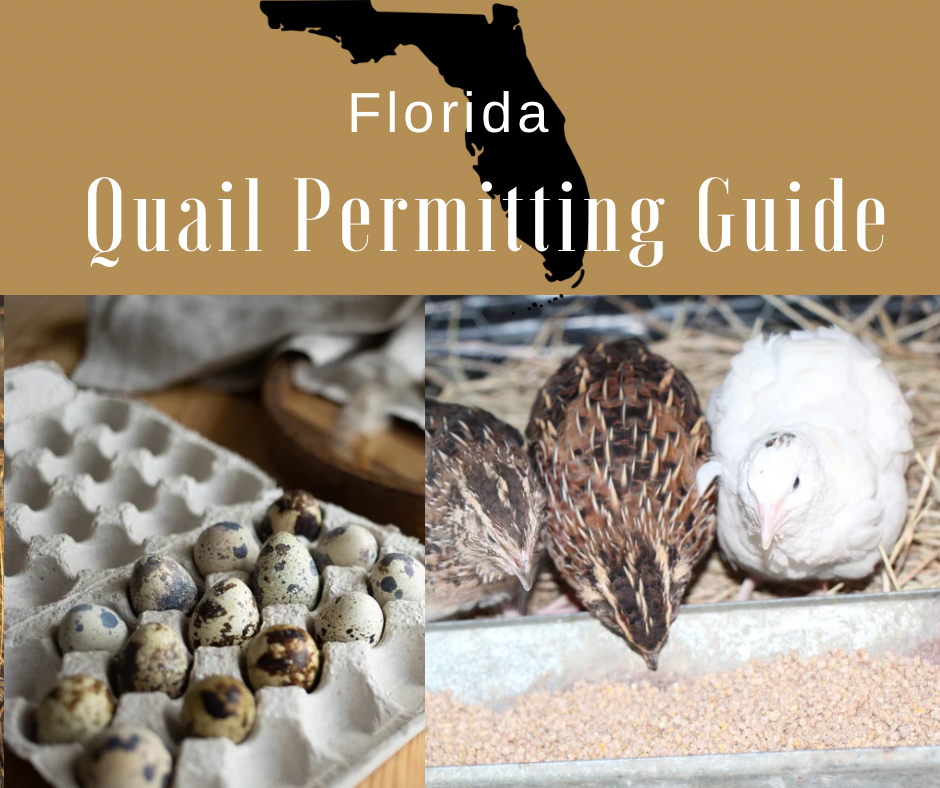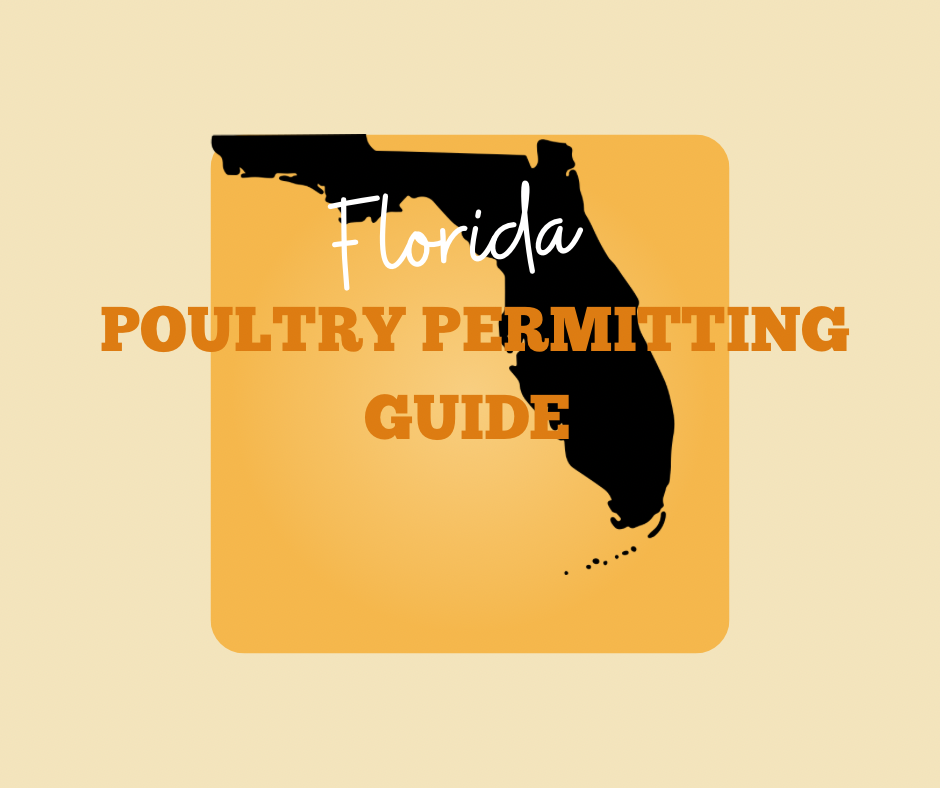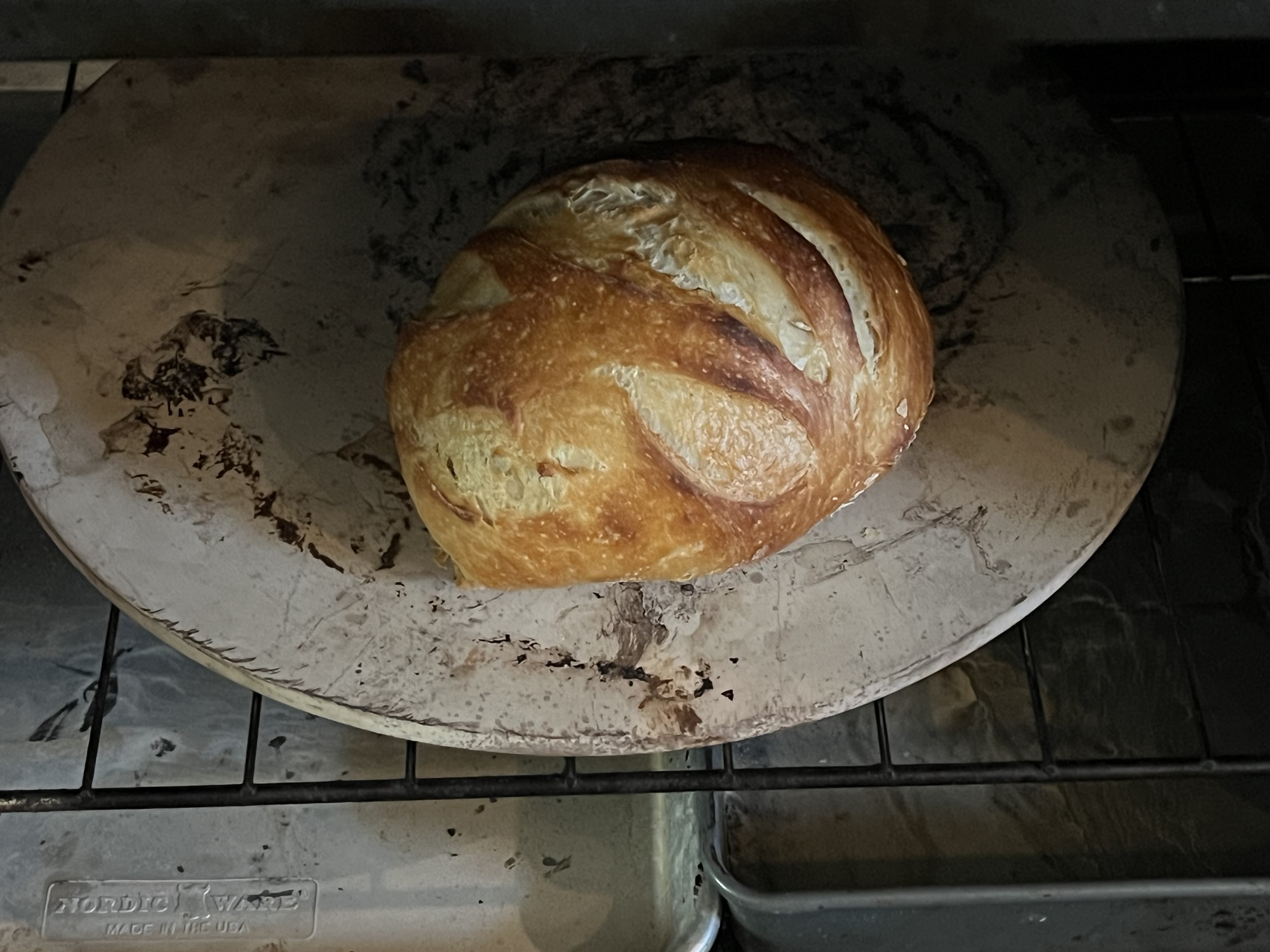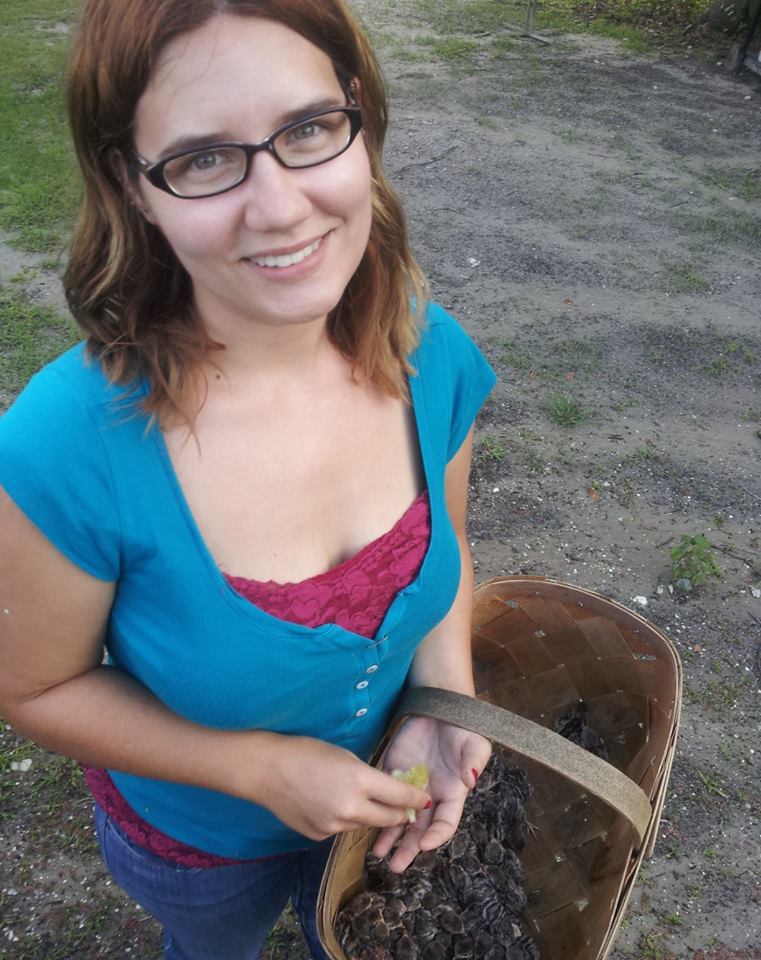Overview of Button Quail
Button quail, also known as Chinese Blue Breasted Quail (Synoicus chinensis), are among the smallest members of the quail family. These miniature birds are known for their vibrant plumage, endearing behavior, and ease of care, making them popular pets and aviary companions worldwide. Despite their diminutive size, button quail bring a lot of life and personality to any environment they inhabit.
Button quail typically measure around 4 to 5 inches in length and weigh just about 1 to 2 ounces, making them one of the smallest terrestrial birds. Their tiny size, however, does not detract from their striking appearance. Males often boast bright colors, including shades of blue, rust, and white, while females are generally more muted, with subtle browns and grays that help them blend into their surroundings.
These birds are ground-dwellers, preferring to stay low in aviaries or enclosures. They are active and curious, often seen darting around, scratching at the ground for food, and engaging in social interactions with other birds. Despite their shyness, button quail can become quite friendly with regular handling and care.
Button quail are highly adaptable and thrive in a variety of environments, making them suitable for both novice and experienced bird keepers. They are often kept in aviaries where their small size and beautiful colors add a dynamic and lively element to the space. Additionally, they are known for their distinctive call, a soft “coo” that adds to their charm without being overly noisy.
History and Origin
Button quail have a long and fascinating history that traces back to the warm, tropical regions of Asia, particularly Southeast Asia and Australia. The species Synoicus chinensis has been known for centuries, with records of their existence dating back to ancient China and Southeast Asia. In these regions, button quail were often found in grasslands, rice paddies, and open forests, where they thrived on a diet of seeds, insects, and other small invertebrates.
The birds were first introduced to Europe in the late 18th century, where they quickly gained popularity among bird enthusiasts and aviculturists. Their small size, easy care requirements, and appealing appearance made them a favorite in aviaries across Europe. Over time, button quail were selectively bred in captivity, leading to the variety of color mutations and patterns we see today.
In the wild, button quail were prized for their ability to control insect populations in agricultural areas, a trait that led to their initial domestication. Farmers and rural communities valued these birds for their natural pest control abilities, as well as their eggs and meat, albeit in small quantities due to their size. However, it was their unique charm and adaptability that truly secured their place in human homes and hearts.
Today, button quail are found in aviaries, pet shops, and homes around the world. They continue to be bred in captivity, with enthusiasts constantly developing new color variations and patterns. Despite their long history of domestication, button quail retain many of their wild instincts, such as their preference for ground-level habitats and their keen foraging behavior.
Why Choose Button Quail?
Button Quail are perfect for those with limited space. Their small size means they require much less room than larger poultry, making them ideal for urban settings, apartments, or small backyard setups. A small group of these quail can thrive in a compact enclosure, allowing bird enthusiasts to enjoy raising quail without the need for large, rural spaces.
These quail are relatively easy to care for, requiring simple housing, regular feed, and clean water. Their low-maintenance nature makes them an excellent choice for beginners. Unlike some other poultry, Button Quail do not require elaborate or expensive setups, which further reduces the barriers to entry for new bird keepers.
Despite their size, Button Quail are prolific layers, producing small, speckled eggs that are both nutritious and versatile in the kitchen. The eggs are often considered a delicacy and can be used in a variety of recipes, from salads to gourmet dishes. Their consistent egg production is an added benefit for those interested in small-scale egg farming.
Button Quail are known for their beauty. The vibrant colors of the males, especially during the breeding season, and their active nature make them a joy to observe. Their dynamic interactions and foraging behaviors provide endless entertainment, adding a lively element to any home or aviary.
In addition to their aesthetic and practical benefits, Button Quail can serve as natural pest controllers. Their diet includes a variety of insects, which can help reduce pest populations in your garden or aviary. This makes them a functional addition to your space, particularly for those interested in natural, chemical-free pest management.
For those interested in breeding, Button Quail offer an engaging and rewarding experience. Their small size, coupled with their relatively short breeding cycle, makes them ideal for genetic studies or hobby breeding. Enthusiasts often enjoy breeding Button Quail for specific color mutations and patterns, adding to the diversity and interest of keeping these birds.
Button Quail are a delightful addition to any bird-keeping hobby or small-scale farming operation. Their compact size, ease of care, and appealing aesthetics make them an excellent choice for beginners, while their unique behaviors and breeding potential offer plenty of interest for more experienced aviculturists. These quail are small but fascinating birds with a rich history and widespread appeal. Their origins in the tropical regions of Asia and their journey to becoming popular aviary and pet birds demonstrate their adaptability and enduring charm. Whether you’re a seasoned bird keeper or a beginner looking for a unique pet, button quail offer a delightful experience that combines the beauty of nature with the joys of aviculture.










